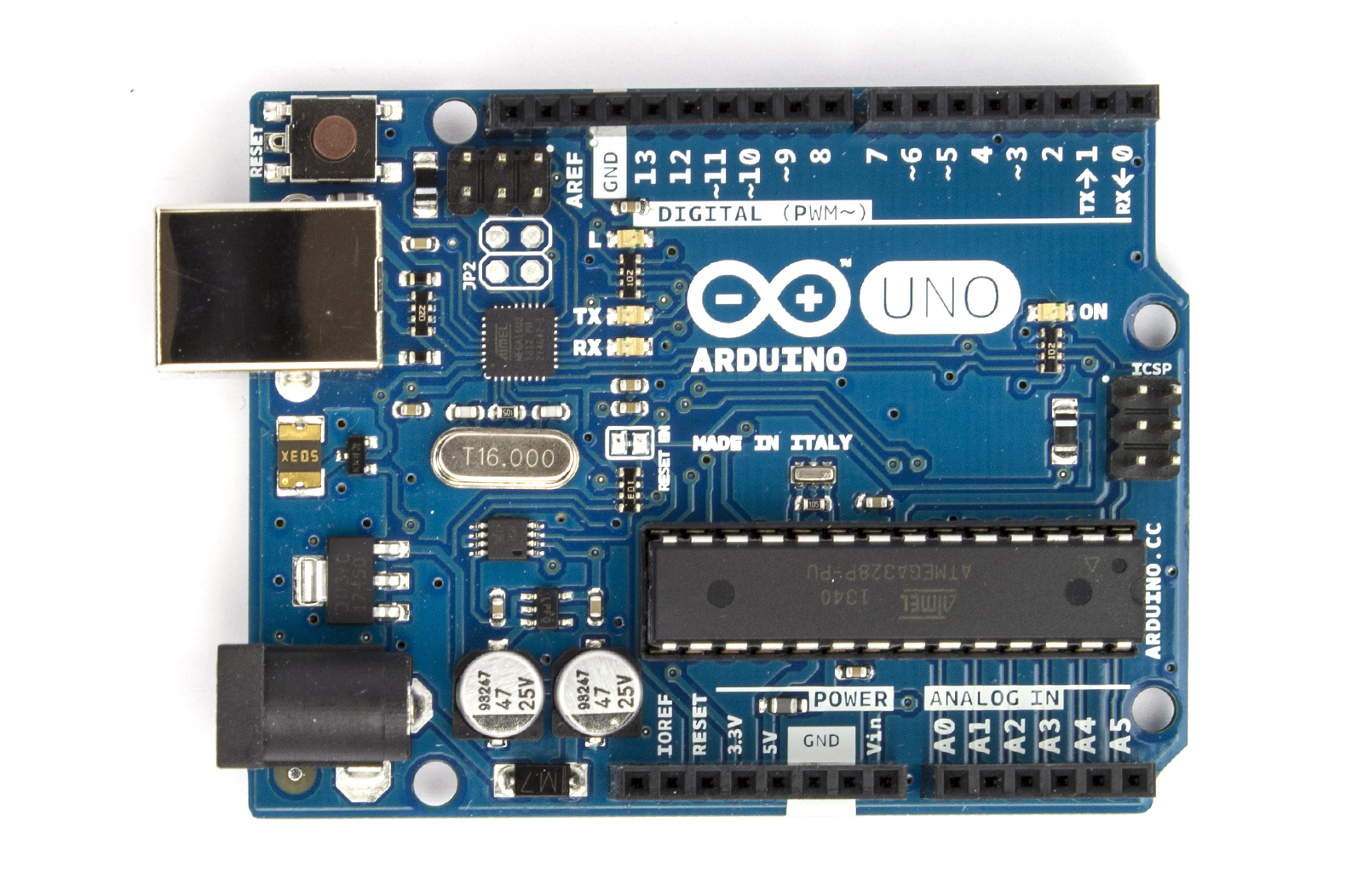Well, time passes so fast, and you don't sense it after some time. After the great Higgs discovery at CERN, I haven't published anything not because I don't have something to tell, but due to many projects I run, and they need status report every 6-months or so.
Besides I also have a duty as an instructor in undergrad labs and sometimes I find myself thinking whether students could make these demonstrations at homes but not spending a considerable amount of $$$ to a couple of lab suppliers. Lately, I was wondering with an idea of Muon Telescope (using scintillator, PMT, and counter) and there are numerous source available on the web and looking for cheap and affordable Data Acquisition (DAQ) system possibilities. There are NIM and CAMAC crates available in the lab, but these are so-called old generation equipment. Since we are in the 21st century and many achievements have been done over the years on computing and technology, computer-driven, compact and DAQ systems (affordable compared to WME and PXE) could be built up, or I could build one. After spending some time on possible DAQ systems for scientific experiments, I noticed there are compact and cheap DAQ systems from National Instruments for small size experiments. One advantage is you could program your hardware using LabView (another product of NI) and interface it to your computer using USB connection. After doing another search on these, I discovered there are Open Hardware systems too which are almost free compared to NI-DAQ systems, and there are a massive amount of resources on the web for various project. That small gadget is called Arduino, it uses ATMEL micro-controller, it is interfaced with USB, and you could easily program it using C++ as a bonus LabView interface is also available.
 |
| Arduino UNO Rev3. |
Arduino has analog input channels as well as digital inputs/outputs, you could read voltages (10-bit resolution) from various sensors, it is possible to PWM, SPI interface, serial too, 16MHz clock and many specs I haven't mentioned here. You could check it here. You might be surprised when you learn how many sensor and shield there are available for Arduino.
I think students could build their own scientific experiments cheaply and quickly using Arduino. It is possible to read temperature, read pressure, connect a GPS module, connect an ethernet shield so you could control the device from the web, ultrasonic range finder, relay and many more. Besides of Muon Telescope, I am building a Geiger Muller detector too which will log the radiation on each location using GPS module, display the values on the screen and send the data to my computer as soon as it arrives home via Wi-Fi. Anyway, it is still progressing, and I will let the readers see the device as soon as build it.
I think Arduino makes a revolution on gadgets we pay a fortune, there is massive support on the web, and there are many possibilities. Just some of them are available here.
The video below is one of the core engineers of project Arduino - Massimo Banzi - gives a TED talk.
No comments:
Post a Comment